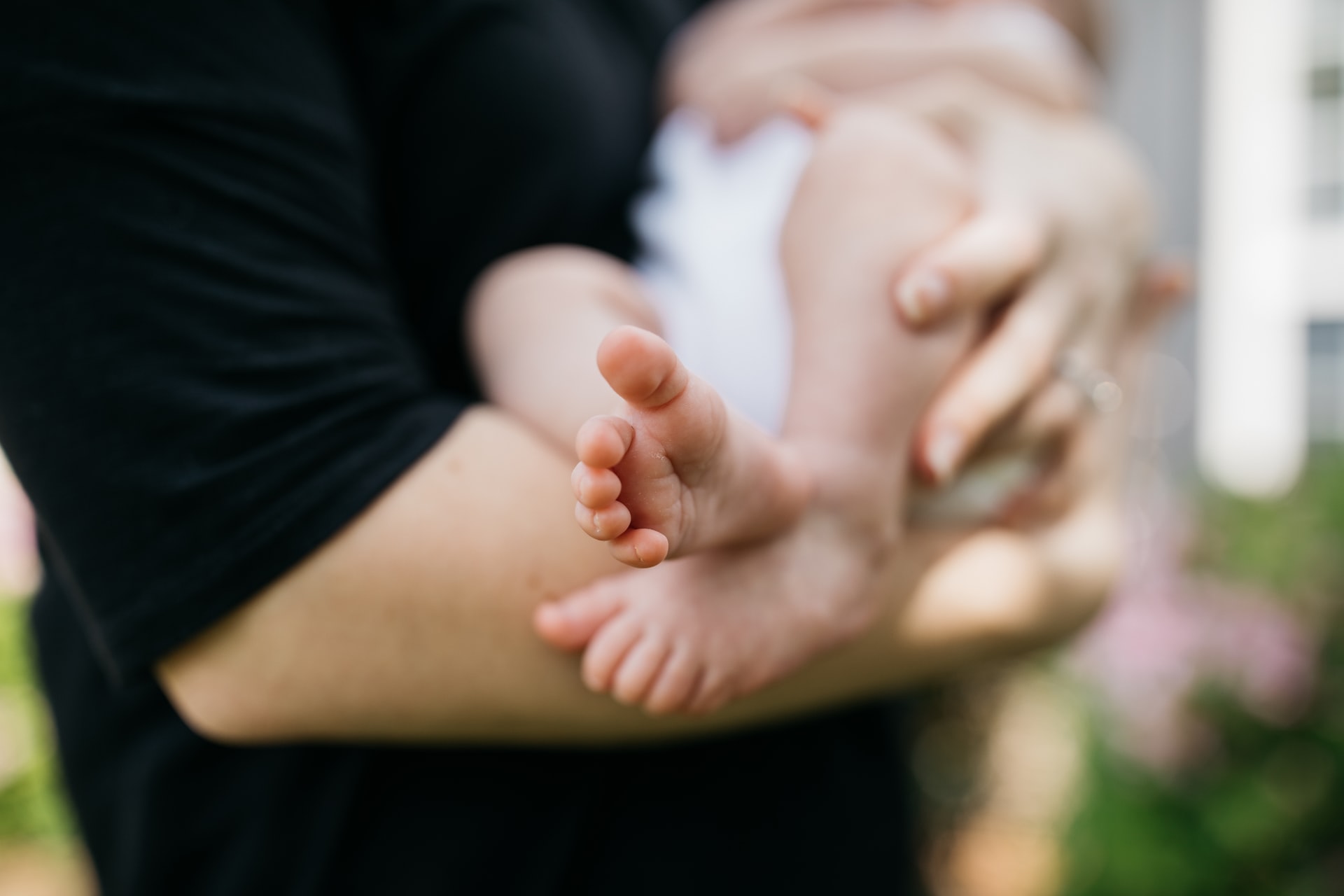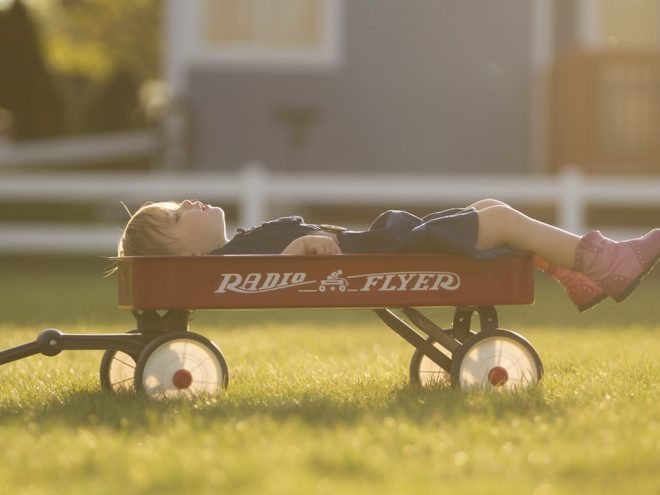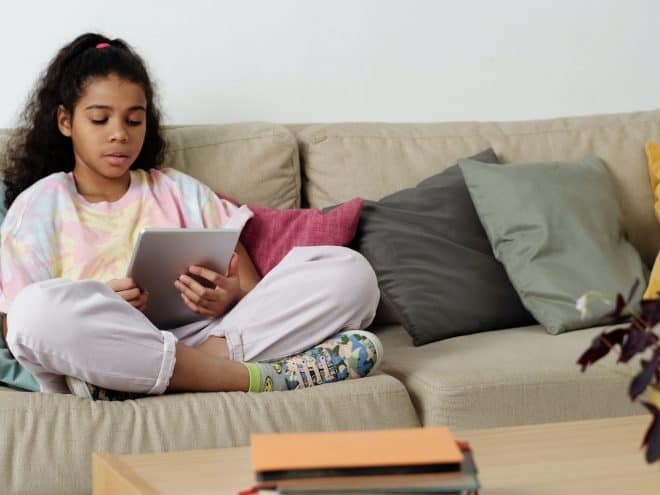Anxiety disorders cause extreme fear and worry, sleeping disorders and panic attacks. And, these disorders don’t discriminate. Social phobia, separation anxiety, stress and general anxiety disorder affect children as well as adults. This can make it difficult for kids to focus in school, talk about their feelings, participate socially or simply cultivate positive thoughts. Anxiety can also affect your child physically. Dry mouth, vomiting, shortness of breath, shaking and nausea are all symptoms of an anxiety disorder. Several things may cause stress or worry in a child’s life. Obviously, genetics and brain chemistry play a huge role in determining whether or not a child may suffer from an anxiety disorder. But, life situations and learned behaviors also shape the way your son or daughter deals with their emotions. Death of a grandparent or sibling, violence, abuse and serious illness can be difficult to cope with and may result in anxiety. And, if they grow up in a family that doesn’t discuss emotion and, instead, teaches them to be afraid, the child will be more prone to developing a disorder. The good news is, as a parent, you have the opportunity and responsibility to help your kid face their fears. Use these constructive activities to create a safe space for your child and help them learn how to cope with their anxiety.
Blow Bubbles
Deep breathing exercises can relieve anxiety by increasing the flow of oxygen to your brain and directing focus away from all the worry inside your head. Blowing bubbles helps children experience the effects of deep breathing with a fun twist. Demonstrate first and then have your child use slow, deep breaths to blow bubbles. Encourage them to notice how this impacts their body, their thoughts and emotions. Do they still feel worried? Remind them that they can always practice their breathing skills — even when there are no bubbles around to blow.
Worry Can
Anything with a lid will work for this craft. Help your child discuss and put a name to their worries by providing a safe place for them to store their thoughts. Cover the outside of a jar, can or container and let the kids personalize their Worry Can. Then, each time they feel anxious or worried, have them write down their fear on a slip of paper and put it in the can. Let the Worry Can be whatever your child needs to cope with their feelings. If they want to dump their worries in their can and forget them, let them do so. But, if they want to discuss their worries, give them the space to talk too.
Paint or Color
Art is a powerful tool. It works as a therapy and calms the nervous system while simultaneously promoting creative expression. The simple act of drawing, painting or coloring connects us with our inner sense of vitality and can help your child vividly express their anxiety and stress. This may even lead your son or daughter to open up and share their innermost feelings and struggles. Allow the conversation to flow freely as you both enjoy some art therapy and remember to keep your tone and words free of judgment.
Calm Down Jars
Teach your child how to find their own way back to calm by making a Calm Down Jar. All you need for this activity is glitter glue, a mason jar or plastic water bottle, hot water, glitter or sequins and food coloring. Mix one cup of warm water with one tablespoon of glitter glue and add some food coloring and extra glitter or sequins to jazz it up. Fill the jar with the mixture and add warm water and hot glue the lid tightly on to prevent leaks or spills. When shaken, the glitter will swirl around, symbolizing a chaotic, worried mind. But, as the glitter settles, it can produce a calming effect in your child. Waiting for the swirls to settle creates mindfulness and gives your son or daughter the time and space to recognize their thoughts and feelings and increase their self-control.
Positive Mantra Bracelet
Self-affirmations have been shown to decrease stress, and a positive mantra bracelet will help do just that. Start this craft by asking your child what things worry them the most. What are their biggest fears or stressors? Use these to come up with positive mantras for them to repeat in anxious moments like, “I am safe,” or “I am loved no matter what.” String some beads on some yarn or string and assign a different mantra to each colored bead. Or, simply choose one mantra for the entire bracelet, depending on your little one’s needs. Encourage them to wear the bracelet as a daily reminder to think positive thoughts.
Be the Light
Whichever activities you decide to use with your child, remember the most important part of your job as a parent is loving unconditionally and being a safe place for them. Your relationship should be built on trust and free of judgment. Years from now, your child might not remember making a Worry Can or painting a picture, but they will always remember how it made them feel. And, hopefully, it gave them the right tools to cope with and overcome their anxiety.





